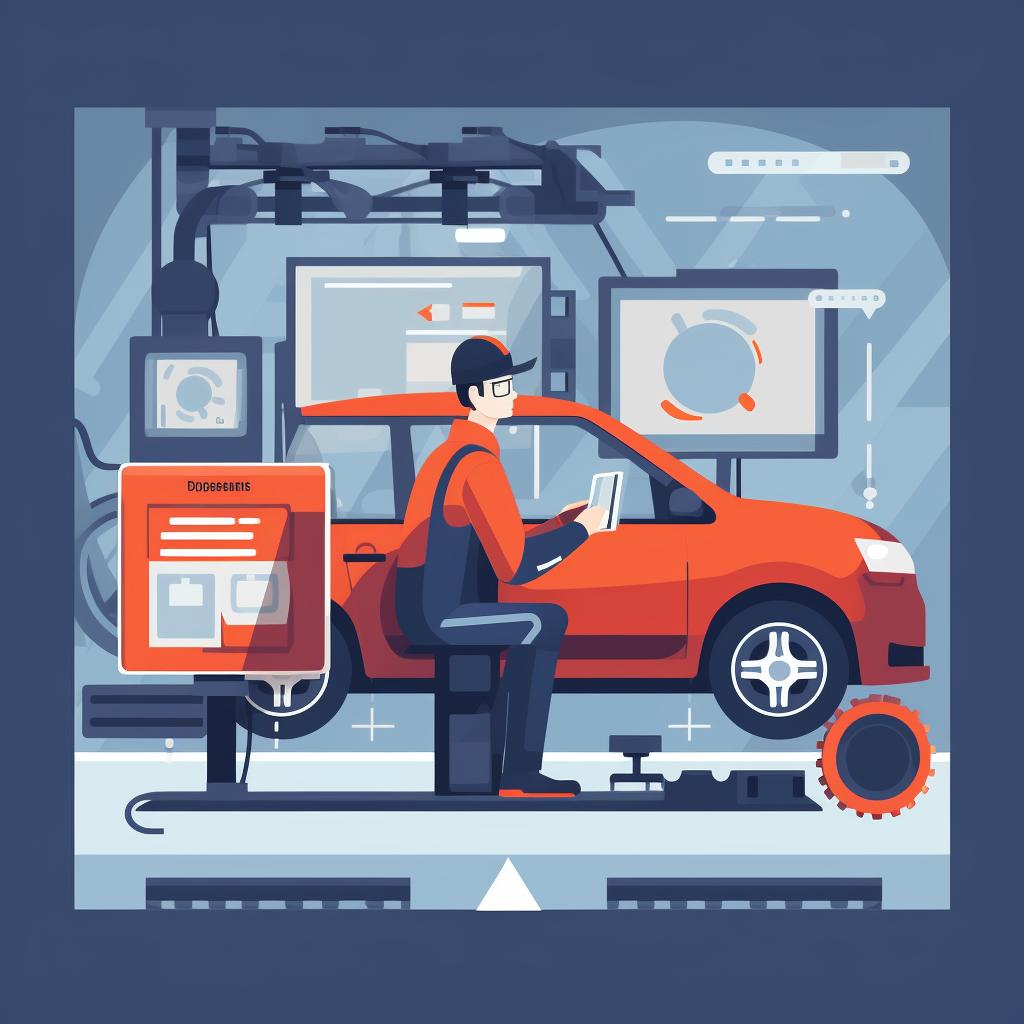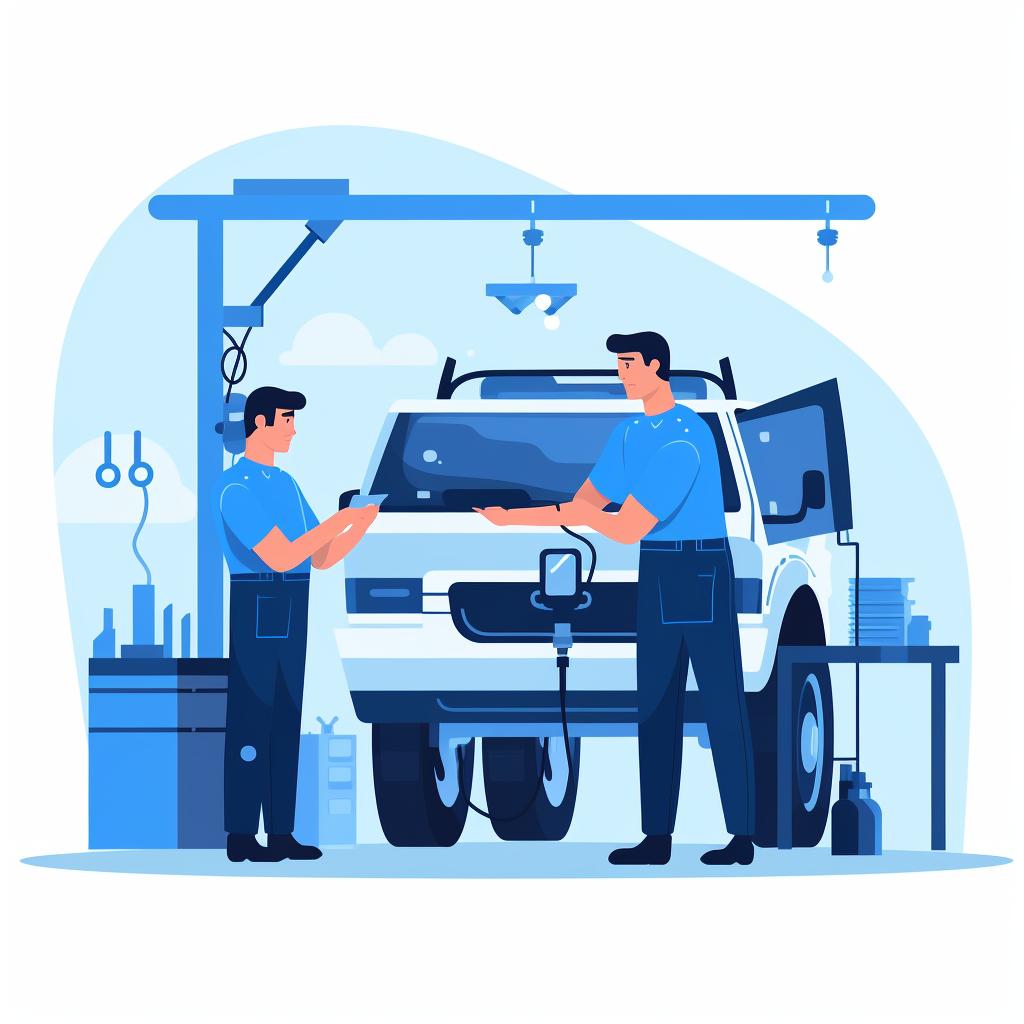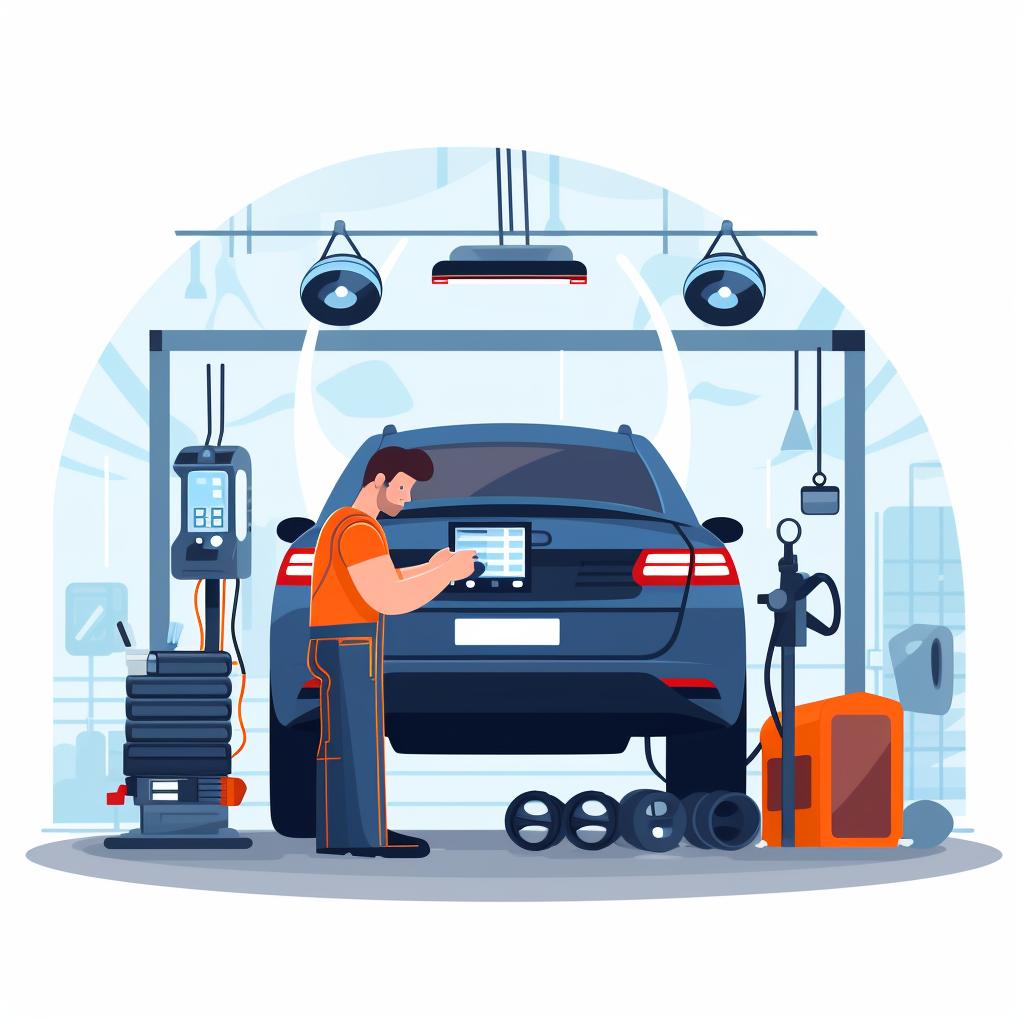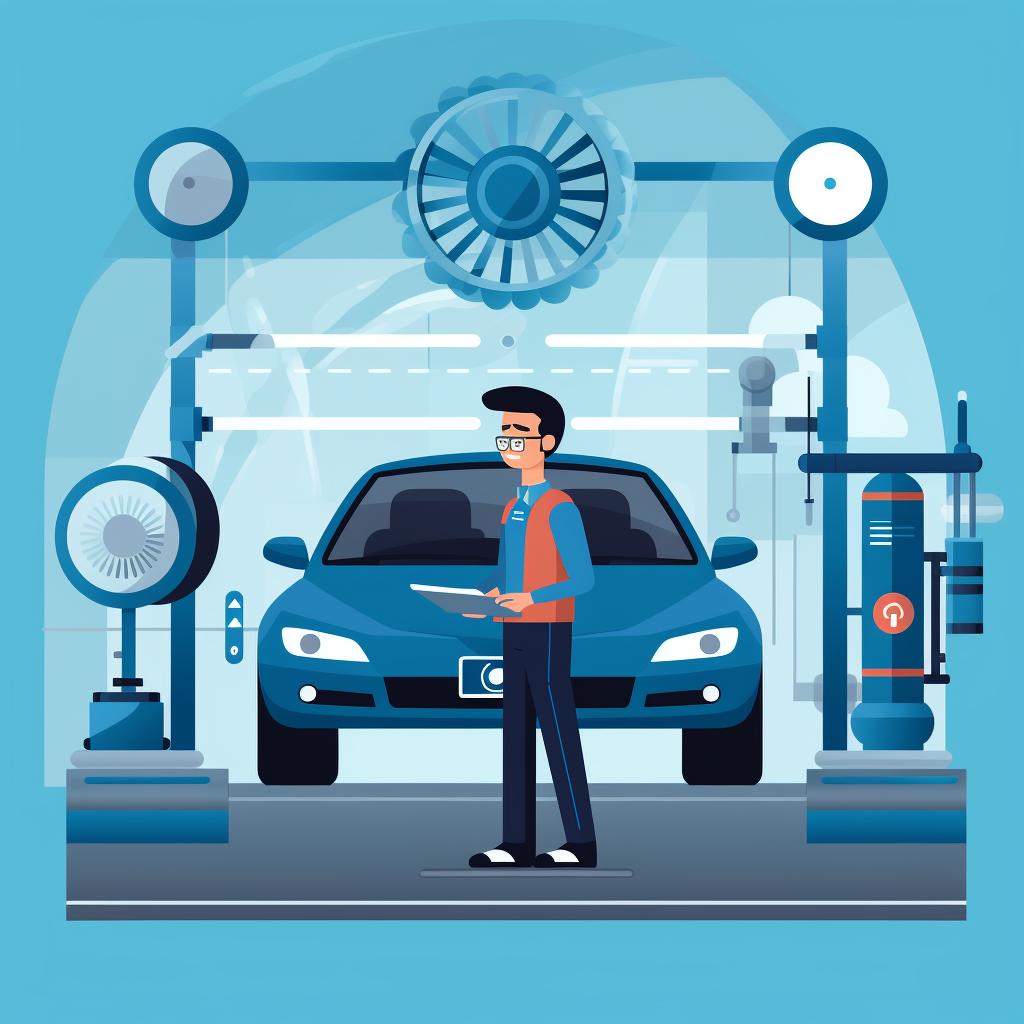🚗 Calibrating Your Vehicle's Safety Systems: A Step-by-Step Guide 🛠️
Calibrating Your Vehicle's Safety Systems: A Step-by-Step Guide
When it comes to driving safely, having properly calibrated safety systems in your vehicle is crucial. Blind spot monitors, rear cross traffic alerts, and collision warnings are designed to keep you and others on the road safe. However, these systems need to be calibrated correctly to ensure they are functioning optimally. In this step-by-step guide, we will walk you through the process of calibrating your vehicle's safety systems.
Step 1: Diagnose the System
The first step in calibrating your vehicle's safety systems is to diagnose the system. A professional will run a diagnostic test to check the status of the blind spot monitor and rear cross traffic alert. This test will help identify any existing issues that may be affecting the performance of these systems.
Step 2: Adjust the Sensors
Once any issues have been identified, the next step is to adjust the sensors. The sensors in your vehicle's safety systems need to be positioned and tuned correctly to ensure they are detecting objects accurately. This involves fine-tuning their positioning and sensitivity to optimize their performance.
Step 3: Test the Calibration
After adjusting the sensors, the professional will test the calibration of your vehicle's safety systems. This involves checking if the systems are providing accurate and timely alerts. By testing the calibration, you can ensure that the blind spot monitor, rear cross traffic alert, and collision warning systems are functioning as intended.
Step 4: Repeat if Necessary
If the systems are not working as expected, the professional will repeat the calibration process until they are functioning optimally. It is important to repeat the process if necessary to ensure that your safety systems are calibrated correctly and providing accurate alerts.
By following these steps and ensuring that your vehicle's safety systems are properly calibrated, you can drive with confidence, knowing that you have the added protection of these advanced safety features. Remember, regular maintenance and calibration of your safety systems are essential to keep them working effectively.
At Driver Pals, we are committed to providing you with expert advice and tips to become a better driver. Our comprehensive guides cover a wide range of topics, including blind spot monitors, rear cross traffic alerts, collision warnings, and more. Stay tuned for more informative content to help you stay safe on the road.
Take the necessary steps to calibrate your vehicle's safety systems today and drive with peace of mind. Your safety and the safety of others on the road are worth it. Stay tuned to Driver Pals for more expert advice and tips on safe driving.
















